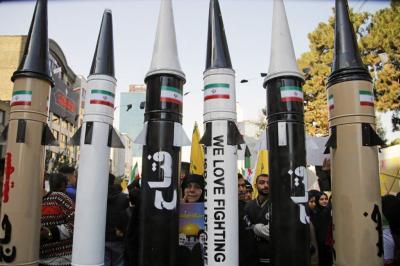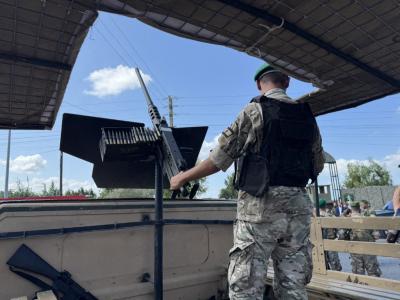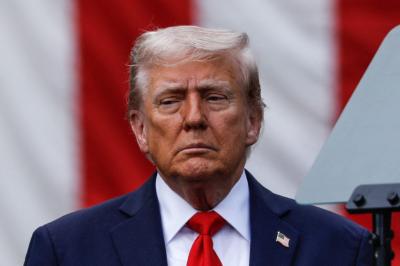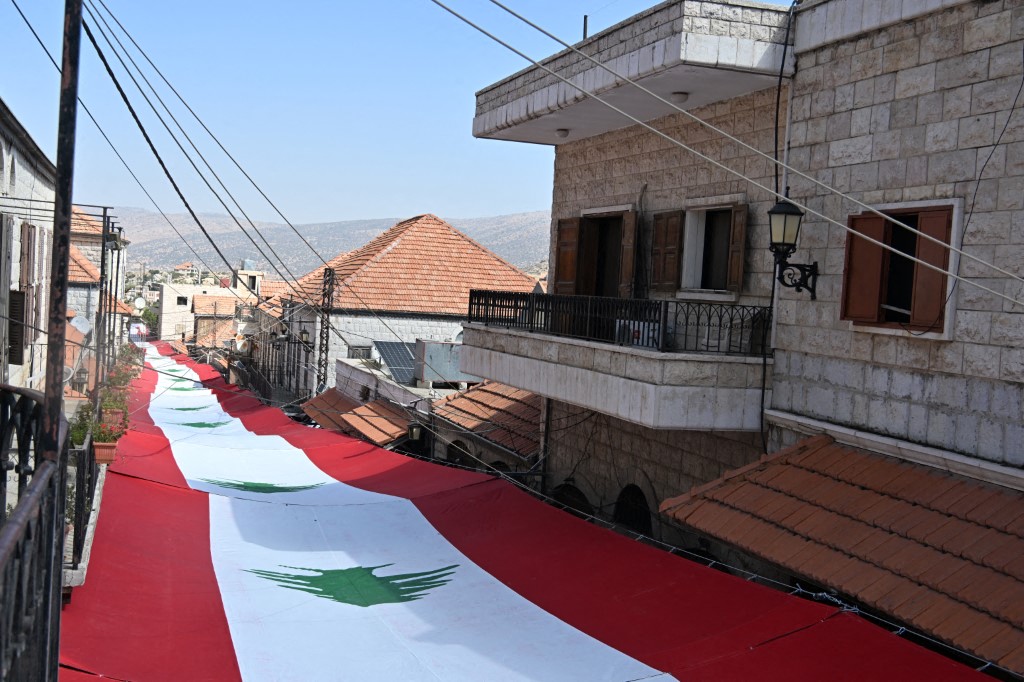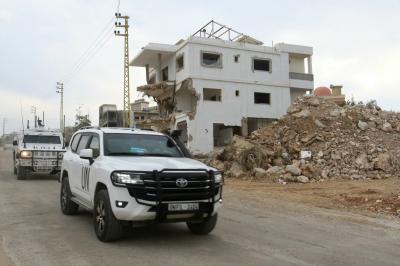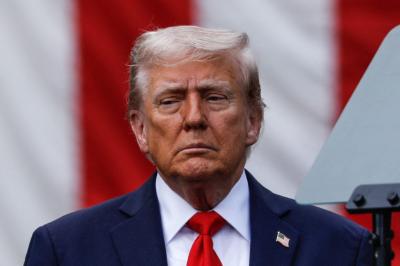Following the Gaza agreement, all signs point to Lebanon being drawn into the orbit of regional settlements, with preparations already underway for potential negotiations with Israel. This trajectory was reinforced when the president, shortly after U.S. President Donald Trump praised his approach, declared, “We cannot remain outside the path of crisis settlements in the region. We must be part of it, as it is no longer possible to endure more war, destruction, killing, and displacement.”
Yet Prime Minister Nawaf Salam’s recent consultations with the president and Speaker Nabih Berri exposed a “soft competition” between the president and the prime minister over managing this delicate stage. The rivalry grew sharper after Trump, in his address to the Israeli Knesset, expressed support for “the new Lebanese president’s plan to disarm ‘Hezbollah’ and build a state that lives in peace with its neighbors, noting he is doing a very good job.”
This emerging competition could open debate over constitutional powers. Article 52 of the Lebanese Constitution grants the president authority to negotiate and conclude international treaties “in agreement with the prime minister,” while stipulating that such treaties become binding only after cabinet approval. Prime Minister Salam has invoked this clause to assert his role as a partner in treaty-making, stressing that the president cannot act alone. Ultimately, however, neither executive can finalize agreements without the decisive approval of the Council of Ministers.
Towards a Unified Position
Given the current pressures, neither side has the luxury of prolonged disputes. Instead, presidential consultations are intensifying to forge a unified national stance in preparation for all possibilities—especially indirect negotiations akin to the 2022 maritime border talks, mediated by U.S. envoy Amos Hochstein, which led to a historic delineation agreement.
At the heart of Lebanon’s position lies the revival of the 1949 Armistice Agreement as a strategic framework, one that enjoys both domestic support and international recognition. Such talks would remain indirect and limited to land border demarcation, without venturing into peace treaties or normalization with Israel.
Lebanon continues to uphold the international border defined by the 1923 Paulet–Newcombe Agreement, firmly rejecting the UN’s “Blue Line” as a permanent frontier. The 1949 Armistice Agreement, signed in Ras Naqoura under UN auspices, remains the only binding bilateral document between Lebanon and Israel. It explicitly affirms that the armistice line coincides with the recognized international boundary, making it a solid legal reference for safeguarding Lebanese sovereignty.
The push to revive the 1949 framework rests on two pillars. First, the United Nations still acknowledges the accord as valid, referencing it in multiple resolutions, including Security Council Resolution 1701. Second, the agreement enables Lebanon to regulate its conflict and borders through the UN Armistice Supervisory Commission, without requiring political recognition of Israel or diplomatic relations.
Major Obstacles
Nevertheless, significant challenges remain. Israel froze the agreement unilaterally after the 1967 war, and it is unclear whether Tel Aviv would agree to its revival. This stance, compounded by decades of conflict—including the 1978 and 1982 invasions, the 2006 war, the partial implementation of Resolution 1701, and today’s ongoing hostilities—poses the biggest obstacle.
Still, Lebanon holds a well-defined legal and political framework: rejecting direct talks and normalization, insisting on the 1923 borders, and embracing indirect negotiations through the 1949 Armistice Agreement. This approach offers a strong international foundation without forcing Lebanon into political concessions. Its success, however, will ultimately depend on the existence of international will to pressure Israel into honoring this binding framework.
Please post your comments on:
[email protected]
 Politics
Politics
